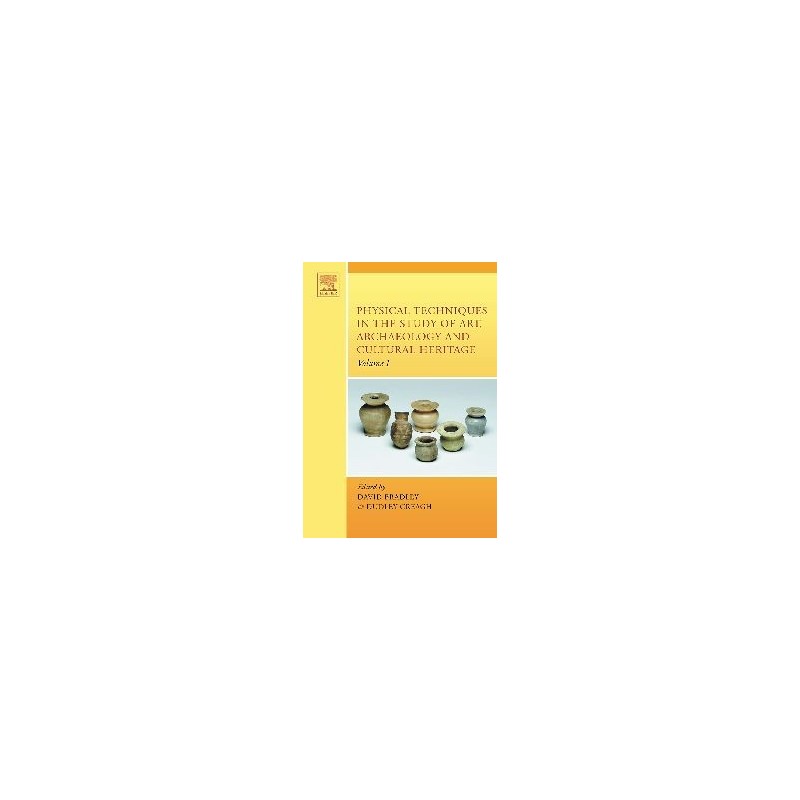- Out-of-Stock



No product available!
No product available!
No product available!
No product available!
No product available!
No product available!
The 4.3" TFT LCD screen with 4-wire resistive touchscreen and five user button, RoHS
No product available!
No product available!
No product available!
No product available!
No product available!
No product available!
Varta Industrial PRO AAA battery (R3, LR03), voltage 1.5V, 10 pcs.
No product available!
No product available!
Ultra high performance digital triaxial acceleration sensor, I2C and SPI interface mode, voltage 1.62V - 3.6V, LGA12, BOSCH, RoHS
No product available!
No product available!

